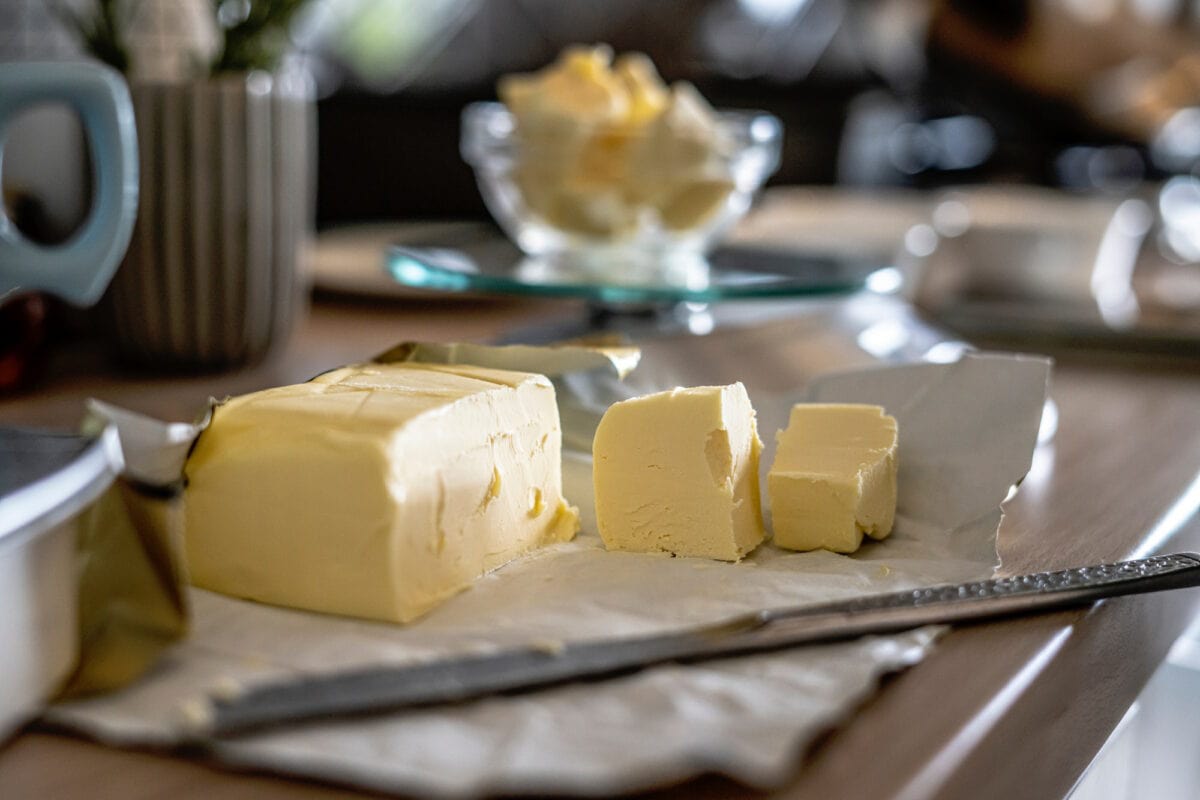As one of the oldest derivatives of milk, it appears in history as food and as a supply, in Asian cultures, being mentioned even in the Bible.
The first information about butter was discovered on a 4500-year old tablet illustrating how it was obtained. He appeared in the Middle East where the milk was stored in leather bladders and because of the movement of these bellows accidentally resulted butter.
Cow’s milk butter is the most common type of butter but it can also be obtained from other mammalian milk such as goat, sheep or buffalo.
What nutrients does butter contain and what benefits does it bring?
Made from sour cream, butter is a high fat, healthy food that, when consumed raw, is one of the most readily digestible fatty substances. In addition to helping us to savor many foods, it brings great benefits to the body when consumed in a moderate amount.
Consumption of butter is important for preventing tooth decay and gastrointestinal infections in children and the elderly. It contains minerals, vitamins D, E, K and the most easily assimilable form of vitamin A – which contributes substantially to the health of the thyroid gland. A 25-gram butter ratio allows about 30% of the child’s and adult’s daily vitamin A needs to be covered.
Butter also contains essential lecithin for cholesterol reduction. It is a source of antioxidants that protects the human body from the effects of free radicals and prevents weakening of the arteries. Contains linoleic acid, an agent that helps in the development of muscles and strengthening the immune system, arachidonic acid – a vital component of cell membranes and plays an important role in brain function.
The fat found in butter also contributes to the development of the brain and the nervous system in children and helps prevent the development of tumors and cancer. Its nutritional value is high, of 780 kilocalories per 100 grams, but the calories that are not stored in adipose tissue are an excellent source of energy.
When can I put butter into my baby’s diet?
Butter is one of the foods that can be introduced early in the baby’s menu from the age of 6 months. However, it would be more prudent for parents to give the child other milk derivatives at the beginning because some children may be intolerant to milk.Parents who have a baby “mofturos” will discover in butter an “ally” during diversification because it gives a pleasant taste to vegetable or potato mash and children will accept even dishes that did not like them before.
How do I choose and how do I make the butter?
Of course, butter can be found in any store in a wide variety in the dairy display but it can be prepared relatively simply and at home with a mixer or blender. It is made from cream, ideal as cream bought from the market or with high fat content. It is mixed until it is “cut” ie until the fat separates from the whey. The whey drains and is ready! For those who want a softer butter, they can also mix with some hot water.
Source:
http://bodyecology.com/articles/benefits_of_real_butter.php
Photo by Sorin Gheorghita on Unsplash
